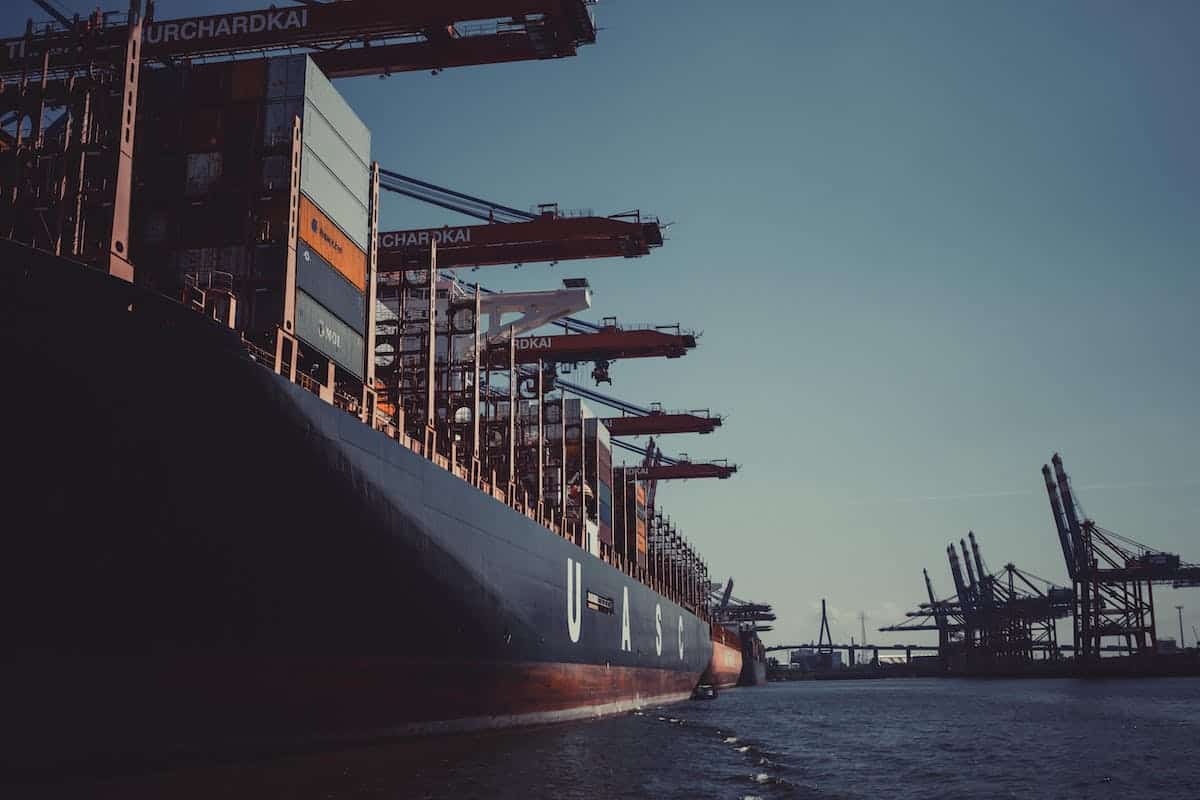Table of Contents
Maritime safety is a combination of practices, protocols, and equipment—all critical to the seamless operations within marinas, boatyards, and boat dealerships. Ensuring the well-being of staff, clients, and valuable assets necessitates a disciplined approach to these safety practices. At DockMaster, we understand the complexity of implementing and maintaining these vital safety standards in an ever-evolving industry landscape.
In this comprehensive guide, we break down the essential maritime safety practices into an actionable, step-by-step process. Our focus is on empowering marina, boatyard, and boat dealership managers with a framework that is both rigorous and adaptable—enabling you to meet not only regulatory compliance but to surpass industry benchmarks.
Let’s now go step by step in maximizing maritime safety, poised to elevate your safety protocols to the highest standard.
Step 1: Risk Assessment and Regulatory Compliance
Begin with a meticulous risk assessment to identify potential hazards unique to your marine facility. Assess the full breadth of your operations, considering every aspect from vessel traffic, fueling protocols, to environmental risks. Subsequently, ensure that your practices comply with industry regulations and local maritime authority regulations. Integrate the International Safety Management (ISM) Code to your operations, which offers an international standard for the safe management and operation of ships at sea.
Step 2: Safety Management System Development
Develop a comprehensive Safety Management System (SMS) tailored to your marina or boatyard. This system should document the facility’s safety policies, procedures, and responsibilities, ensuring that safety is ingrained in every operational facet. It should also include a hazard identification and risk assessment process, which identifies potential hazards in your marina or boatyard and assesses their likelihood of occurrence and severity. You can use the DockMaster software platform to facilitate the creation and maintenance of an SMS by tracking compliance tasks, safety drills, and employee training progress.
Step 3: Staff Training and Drills
Implement a rigorous training regime for your staff, emphasizing safety practices that are appropriate for their specific roles within the facility. Training should include emergency response, personal safety, and environmental protection measures. Conduct regular drills to reinforce these practices and ensure that your staff can respond competently and decisively in case of an emergency. DockMaster can assist in scheduling training sessions and recording compliance with mandatory safety training.
Step 4: Equipment and Facility Maintenance
Engage in a proactive maintenance schedule for the equipment and infrastructure at your facility. This will help to prevent accidents and ensure that your facility is in good working order. Regularly inspect all equipment, including docks, boats, trailers, and vehicles, for signs of wear or damage. Repair or replace any damaged items before they become a safety hazard. In addition, keep up with routine maintenance tasks such as cleaning, painting, lubricating, and replacing worn parts. DockMaster can help you manage these tasks by providing a comprehensive maintenance management system that tracks work orders, schedules preventive maintenance activities, and records compliance with regulatory requirements.
Step 5: Emergency Preparedness
Prepare and implement an Emergency Response Plan (ERP) that details actions to be taken during various emergency scenarios, including but not limited to fire, pollution, and medical emergencies. The ERP should include a list of emergency contacts, including the local fire department and police. It should also identify the location of emergency equipment such as fire extinguishers and first aid kits. The plan should be reviewed annually and updated as necessary.
Step 6: Environmental Protection Measures
Environmentally protective operations are a critical component of modern maritime safety practices. Establish procedures for handling potential pollutants, such as bilge water and fuel, and engage in best practices for waste disposal and spill response. The DockMaster software can track environmental metrics and provide reporting mechanisms to ensure environmental compliance and document green initiatives.
Step 7: Incident Reporting and Analysis
Establish a clear and efficient incident reporting system that facilitates the prompt reporting of safety incidents or near misses. Analysis of these reports is essential to understand the causative factors and to amend procedures to prevent recurrence. Employ DockMaster’s incident tracking features to log reports, analyze data trends, and implement corrective actions.
Step 8: Continuous Improvement Process
Adopt a philosophy of continuous improvement, recognizing that safety practices evolve with new regulations, technologies, and operational insights. Utilize audits, both internal and through third parties, to identify areas of improvement and refine safety practices. Apply the data analytics and reporting functionalities of DockMaster to determine the efficacy of your safety policies and to pinpoint areas for potential enhancement.
Step 9: Integration of Technological Advances
Keep up with the latest developments in technology that could improve safety practices. The integration of technological advances can help to improve safety practices. For example, the use of GPS tracking systems can help to ensure that vessels are operating within their designated areas and that they are not straying into restricted zones. Similarly, the use of electronic logs can help to ensure that crew members are not overworked or fatigued.
Step 10: Safety Culture Promotion
Foster a robust safety culture within your organization by promoting awareness and responsibility at all levels. Encourage open communication regarding safety concerns and ensure that all employees feel a sense of ownership over safety outcomes. Utilize the communication tools within DockMaster’s software to support this culture by enabling the dissemination of safety messages and feedback mechanisms across your operation.
Wrapping Up
By following these steps, marina, boatyard, and boat dealership managers can ensure that they are upholding the highest standards in maritime safety practices. Utilizing DockMaster’s comprehensive software solution will ensure that these practices are not only well implemented but seamlessly integrated into the daily operational workflow, ensuring that safety is a continuously upheld priority at your facility.
